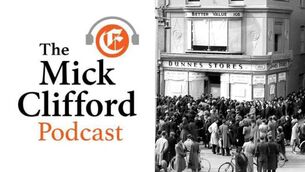Bram Stoker’s after-life
DUBLIN-BORN writer Bram Stoker died 100 years ago today, and spent longer in the capital city than other writers more closely associated with it.
So it is baffling that Dublin poorly represents itself as the home of the creator of one of literature’s enduring characters, Dracula.
















